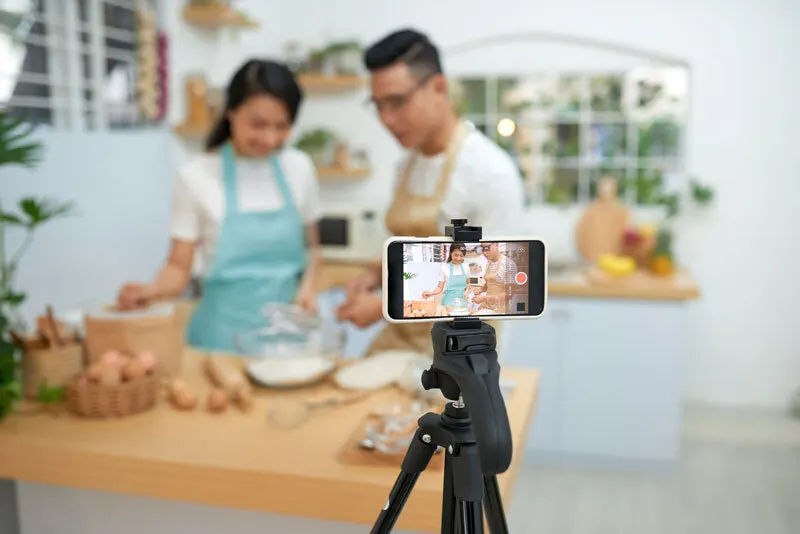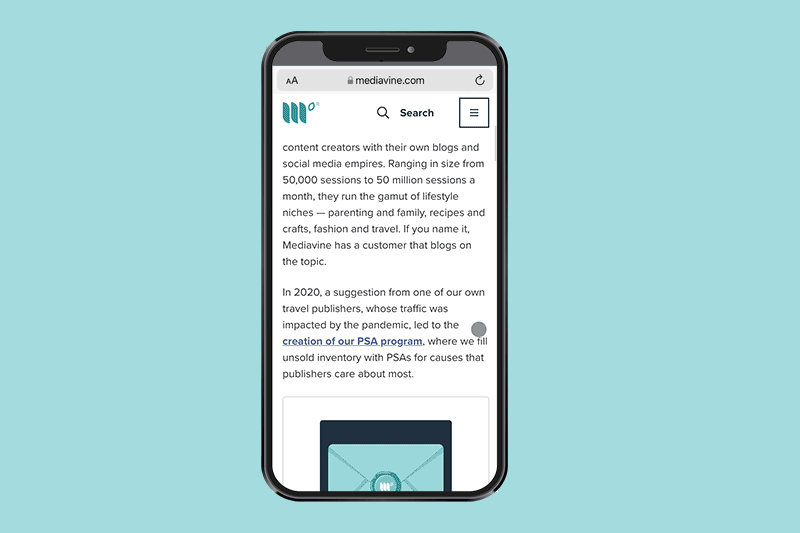Google’s Search Generative Experience


In a blog post last week, Google announced plans to launch generative AI into Search Labs with a new product called Search Generative Experience (SGE).
What exactly is SGE, and more importantly, what will it mean for content creators who rely on Google for much of (or most of) their web traffic?
According to its post on SGE, Google will add a new section directly above the search engine results, where a ChatGPT-style bot will answer queries directly inline.
At that point, the user can click on links to the sources that fed the AI response, or continue the dialogue by asking follow-up questions to the chatbot.
Many publishers are concerned by this and rightly so.
If Google chatbots are directly answering search queries at the top of the page, how might that impact organic traffic as we’ve always known it?
Before we pronounce our industry dead and buried, let’s zoom out. Despite how remarkable this technology is and how futuristic it seems, we’ve been down this road before.
If you’ve been doing this for a long time like we have (at the risk of dating ourselves) you may remember when Google first launched ads into search.
Ads quickly began to dominate most of the top spots, and plenty of panic ensued, but here we are. Organic search results survived.
More recently, you likely remember the launch of position zero, which is conceptually similar to SGE, as certain questions are answered directly in a box above the search results by Google before any links are displayed (hence the name).
But again, guess what? Organic results survived.
In fact, organic search strategies came to include winning this very spot, as position zero is attainable even if a page isn’t otherwise ranked in the top three. For those that saw this challenge as an opportunity, it was a potential win, not a loss.
The list goes on. Think about carousels, text fragments, and countless other changes and enhancements we’ve experienced with Google search.
Organic survived, because content creators have always served as the lifeblood of those search results, and the web itself.
Google’s SGE post acknowledges this reality:
“As we bring generative AI into Search, we’re committed to continue sending valuable traffic to sites across the web.”
Still skeptical? Good, and same. There are things that are outside of your control (what Google does).
While we believe that Google needs content creators — and therefore has an interest in taking the responsible approach it promises here — we’re still strong advocates for publishers taking AI seriously and updating their strategies.

First and foremost, focus on the one thing that AI, machine learning and chatbots can never do: Build a relationship with your readers.
SGE, ChatGPT and their robotic cohorts have many use cases, but forming an authentic relationship with readers is beyond their scope**.
Take advantage of your best asset: You.
Own the relationship with your audience and nurture it with tools like Grow’s Spotlight Subscribe and running a newsletter.

Second, think in terms of what these changes add, not what they take away.
Remember that this is not a declaration of war on AI, nor is it mutually exclusive from embracing technology that adds tremendous value.
Don’t fight the robot revolution, lead it. Check our blog post on ways bloggers can use ChatGPT to increase productivity while maintaining your unique voice.
Use AI to build and maintain the authentic relationship with your readers that helps you stand out. It’s not an either/or proposition.
Third, and perhaps most importantly from the standpoint of AI possibly disrupting your Google traffic? Diversify. Invest in other traffic sources.
I know … who wants to join yet another social network. I still long for the days of MySpace. But again, you have to think of your relationship with your readers.
Not every reader is going to want to engage exactly how you wish they would, whether that’s via email or on your preferred social platform that you’ve already mastered.
Change is the only constant. As trends in content consumption and technology shift, users will adapt and so should you. Meet your readers where they are.
Through nearly 19 years of growth as an independent business, Mediavine has adapted to myriad changes that threatened its existence and has always come out stronger.
We still own and operate The Hollywood Gossip — one the websites that led us into ad management in 2015.
We’re publishers, too. As always, we’ll be using that to our advantage, using our own sites and resources to help our 10,000-plus customers navigate these changing times.
AI is here to stay, but so are we, the content creators. We’re here to make sure the two work together, and lead the next internet revolution together.
** ChatGPT attempted to write a first draft of this post, and it was beyond terrible. What the 12 of you who made it to the end of this just finished reading is all me, using my uniquely human voice.
Stay up to date with the latest from Mediavine
Publishers spend time creating great content that keeps readers coming back, and we know that safeguarding that content and maintaining control over how it’s used are critical concerns in today’s …
Since ChatGPT’s release in November 2022, OpenAI’s prototype of generative AI — that is, artificial intelligence that can produce new content on demand — has dominated popular tech media. We’ve …
One of our favorite parts of what we do at Mediavine is helping bloggers turn their websites into small businesses that pay off in big ways. In fact, helping bloggers …